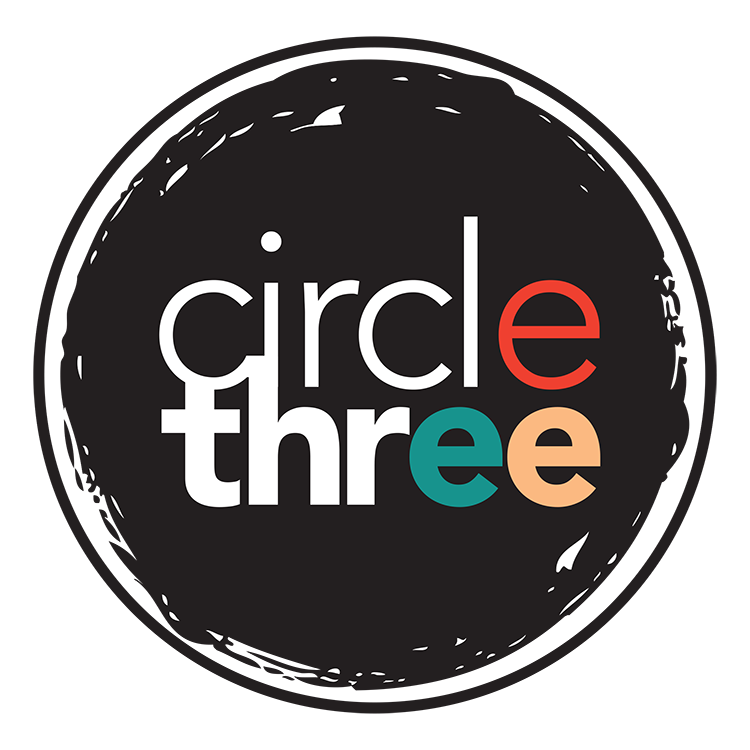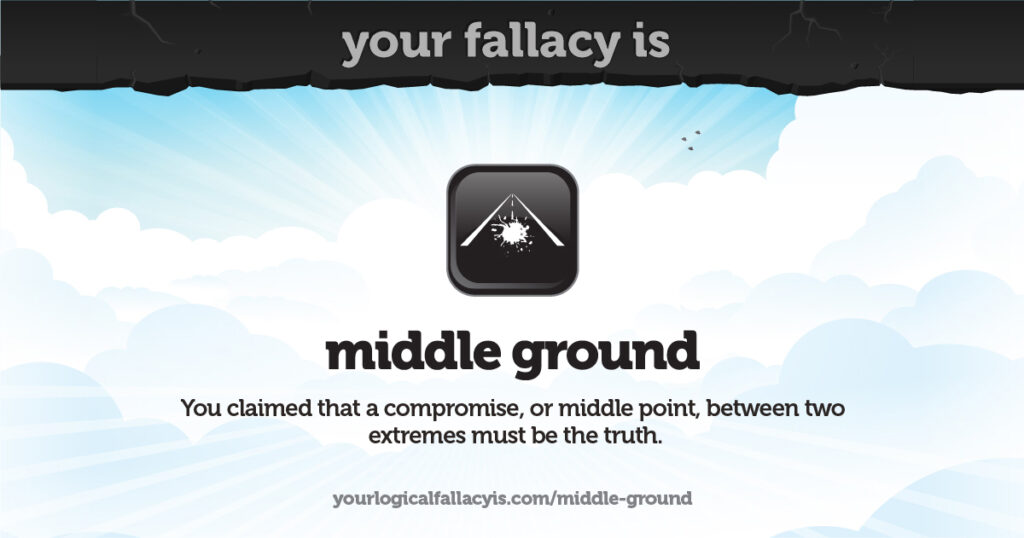This is Part Two in a series on Cognitive Biases and Logical Fallacies in marketing. Read Part One here.
Logical fallacies are errors in reasoning that occur when arguments are constructed in a way that undermines their validity. These fallacies can make an argument appear convincing or persuasive on the surface, but upon closer examination, they reveal flaws that weaken the overall logic of the argument. Fallacies can be unintentional mistakes or deliberate attempts to manipulate and deceive by exploiting cognitive biases – and they weaken businesses.
People often make logical fallacies in marketing due to a combination of factors, including the desire to persuade, cognitive biases they or others on the team have, time constraints, and sometimes a lack of in-depth understanding of logical reasoning. Sometimes, logical fallacies are strategically used to manipulate, like using the emotional appeal of sad, shaking puppies and kittens to persuade you into donating to an animal rescue organization.
My goal for you to to KNOW when you’re teetering on the edge of logical fallacies in marketing so that you can either avoid that fallacy or choose to invoke it. Either way, I want you to be informed and enthusiastic about the path you take.
Avoiding the Pitfalls of Logical Fallacies
Logical fallacies can lead to a range of negative consequences in communication, decision-making, and understanding. Typical pitfalls associated with the use of logical fallacies include:
- Weak Arguments: Fallacies undermine the strength of an argument by introducing flaws in reasoning. This weakens the overall persuasive power of the argument, as it fails to provide solid and rational support for its claims.
- Misleading Communication: Fallacious reasoning can mislead and deceive others, intentionally or unintentionally. This can lead to misinformation, misunderstanding, and misguided decisions based on faulty premises.
- Loss of Credibility: When someone uses fallacies in their arguments, their credibility can be undermined. People may view them as unreliable or manipulative, eroding trust in their communication.
- Ineffective Persuasion: Fallacious arguments may seem persuasive on the surface, but they can backfire when audiences or recipients detect the flaws. This can result in resistance, skepticism, or a lack of confidence in the message.
- Closed-Mindedness: Fallacies can contribute to a closed-minded approach, as they often involve ignoring or dismissing valid counterarguments. This hinders the open exchange of ideas and prevents intellectual growth.
- Poor Decision-Making: Making decisions based on fallacious reasoning can lead to choices that are not well-founded or well-informed. This can have negative consequences in various contexts, from personal choices to business decisions.
- Failure in Critical Thinking: Relying on fallacies inhibits critical thinking skills. Instead of carefully analyzing evidence and considering different perspectives, individuals may resort to shortcuts that mask weak reasoning.
- Conflict and Polarization: Fallacies can exacerbate conflicts and polarization, as they often oversimplify complex issues and contribute to a black-and-white view of the world. This can hinder productive discourse and compromise.
- Diminished Problem-Solving: Fallacies can hinder effective problem-solving by obscuring the root causes of issues and diverting attention from viable solutions.
- Stifling Innovation: Fallacies can discourage innovative thinking by promoting narrow viewpoints and discouraging exploration of novel ideas or unconventional approaches.
- Undermining Rational Discourse: The prevalence of fallacious arguments in public discourse can hinder the quality of discussions on important issues, making it difficult to arrive at well-reasoned conclusions and solutions.
- Erosion of Trust: Repeated exposure to fallacious arguments, especially in the media and public discourse, can lead to a broader erosion of trust in communication and institutions.
To avoid these pitfalls, individuals should strive to recognize and understand common fallacies, engage in critical thinking, and promote reasoned and evidence-based discussions. Recognizing fallacies in both one’s own arguments and those of others is essential for effective communication and decision-making.
Logical Fallacies in Marketing
The “middle ground” fallacy, often referred to as the “false compromise” or “argument to moderation,” is a logical error frequently observed when companies market their waste, recycling, or sustainability services to customers. This fallacy arises when a brand assumes that a compromise between two extreme approaches is the most reasonable or correct solution, without adequately evaluating the effectiveness of each approach. You may here me describe this approach as weak, lukewarm, or anemic.
There will be times that you need to come out strongly on the side of what is right, correct, or best for your brand and the people you serve. Don’t risk diluting the message.
I see this both in the messaging and how the message is deployed. For instance, consider a waste management company promoting its services to potential clients using the following fantasy example:
A hauler offers a comprehensive waste recycling program, which is backed by data indicating that single-stream recycling rates have a positive impact on reducing environmental harm and conserving resources. However, the company also provides an option for clients to simply dispose of all waste together, with minimal separation or recycling efforts – like your standard curbside trash service. This approach lacks strong environmental justifications and may not align with sustainable waste management practices but it’s what we’re used to. According to the company’s branding and service options communications, there’s no clear delineation of services and practices: customers can choose for themselves without committing to either or both services fully.
In this context, committing the middle ground fallacy would involve the company claiming, “Our solution strikes the perfect balance. We encourage recycling to an extent, but we also understand that some waste will inevitably end up in landfills.”
This fallacy ignores the fact that the effectiveness of waste management strategies isn’t inherently found in a middle-of-the-road approach. It’s possible that the more proactive and eco-friendly approach (such as robust recycling efforts) is backed by stronger evidence and more substantial benefits. By leaning on the middle ground fallacy, the company might fail to communicate the true value of responsible waste management and recycling. As someone in the waste industry, you know this exaggerated scenario wouldn’t fly. It’s made up and dramatized to illustrate a point: you would never allow this to occur in operations, but we do see a lukewarm approach to company values, communications, and other marketing strategies. My message to you is to avoid the middle ground when you can. Be bold. Take a stand.
This also comes into play when evaluating marketing strategies. My example above illustrated the message you might use that exhibits a middle ground stance, but I have witnessed this middle ground behavior when talking about tactics to use, too.
Think of all the social media platforms your brand could use. Do you have time, budget, and a plan to use them all effectively with distinct strategies for each one? Are your customers found on all the platforms with equal distribution? No? Then why are you trying to occupy every single platform? Pick the one that most of your customers use and do that one really, really well.
In marketing waste and recycling services, as in any context, it’s crucial to critically evaluate the strengths and weaknesses of each approach based on their individual merits and the evidence supporting them. Instead of assuming that a compromise is the ideal solution, companies should provide customers with accurate information and approach marketing strategy with an equally shrewd eye.
Mitigating Middle Ground Fallacy
Mitigating the middle ground fallacy in marketing requires careful consideration of the arguments being presented and a commitment to accurate and evidence-based communication. Here are some strategies to avoid falling into the middle ground fallacy when crafting marketing messages and choosing tactics to support the brand:
- Understand the Issue: Ensure a thorough understanding of the topic at hand. This includes knowing the key arguments on both sides of the issue and the relevant evidence supporting each viewpoint.
- Evaluate Evidence: Scrutinize the evidence available for different positions. Determine which side has stronger empirical support, expert consensus, and relevant data.
- Avoid False Equivalency: Refrain from treating two opposing viewpoints as equally valid just because they are in opposition. Assess the strength of each argument independently.
- Highlight Supporting Evidence: If your product or service aligns more closely with one side of an issue, emphasize the evidence that supports your stance. Provide concrete data, case studies, or expert opinions that demonstrate the benefits of your approach.
- Acknowledge Counterarguments: If there are valid counterarguments, acknowledge them and address them in your marketing materials. Demonstrating that you’ve considered opposing viewpoints enhances your credibility. It doesn’t mean you have to promote them or value you them.
- Provide Context: Offer context that explains why the middle ground may not be the most valid or effective solution. Present the potential drawbacks of adopting a compromise approach without robust justification.
- Use Precision in Messaging: Be clear and precise in your messaging. Avoid vague statements that suggest a middle ground without providing a substantive rationale for such a stance.
- Educate Consumers: Provide your audience with accurate and well-researched information. Encourage them to critically evaluate the evidence and make informed decisions based on the merits of the arguments.
- Avoid Over-Simplification: Resist the urge to oversimplify complex issues to fit into a marketing message. Present nuances and complexities while still maintaining a clear and concise message.
- Emphasize Expertise: If your product or service is based on expert knowledge, highlight that expertise in your marketing. This can lend credibility to your argument and distinguish it from less substantiated positions.
- Be Transparent: Clearly state your position and the reasons behind it. Transparent communication builds trust with consumers and encourages open dialogue.
- Engage in Ethical Marketing: Base your marketing messages on accurate and truthful information. Avoid manipulating or distorting facts to promote a particular view.
By adhering to these strategies, marketers can avoid falling into the middle ground fallacy and create compelling, evidence-based marketing messages that resonate with consumers who seek well-informed solutions.
We’ll cover more cognitive biases and logical fallacies in upcoming blog posts, but if you’re eager to learn more and access free resources, check out School of Thought. If you’re interested in see how Circle Three Branding applies these to your marketing strategy, contact us.

